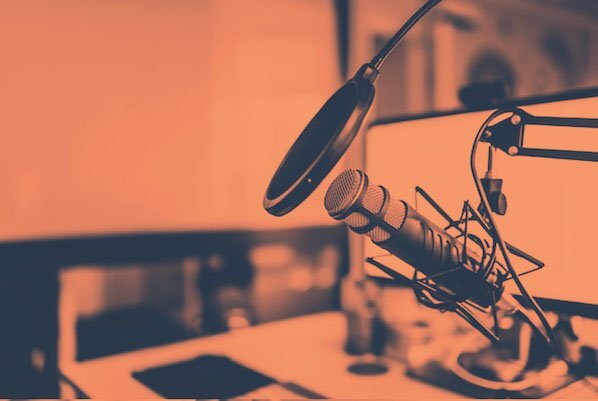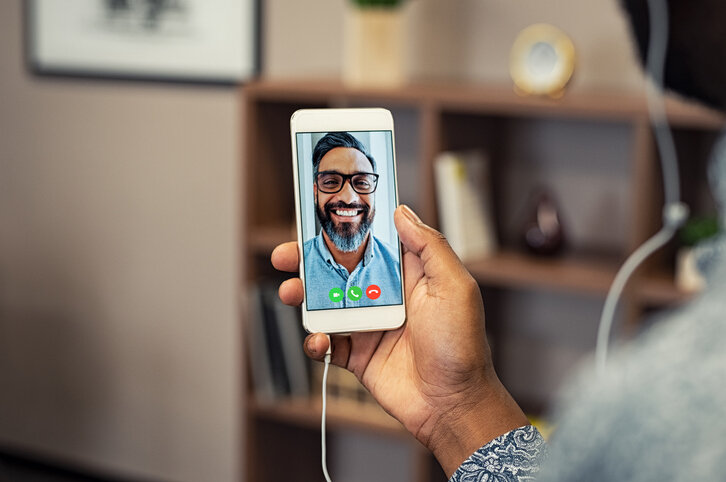How to guide on setting up a Podcast: Part 1
Building on our last post - which first suggested a series of microphones best suited to podcasting, webcasts, video conferencing & voice-over work from home - we’ll aim to guide you in the right direction on creating a consistant space and how to then post your podcast onto various streaming sites.
It’s been a busy year for podcasting here at BOYDE as people continue to work from home and find different approaches to marketing.
We believe Podcasting to be a fantastic way of promoting your messages and finding new audiences but how do you get a usable sound?
The Recording Space
First thing to consider is the microphone you have chosen. Reference that article again here as by being able to choose a Dynamic Microphone will be of significant help to you.
Either way, it is important to find the right room. Now, I’m not saying you need to do any of the room treatment others suggest on YouTube… unless you are setting up a proper recording space and have an experienced music head behind you, it will be a waste of your time and money.
It’s as simple as this: have a listen to your microphone in different rooms available to you and choose the least echo’y one. Most likely, it will be the one that has the most soft furnishings (the more the better!). Secondly, if at all possible, don’t cram yourself into a corner where you are stood next to hard walls. Carpets, Sofas, they all help dramatically!
Finally, do not move from that room if you can help it. Consistancy is equal to that of quality. It sounds awful but in podcasting it really is better to be consistantly average. Think from an audiences point of view, when you listen to podcasts or watch a programme, there are elements you expect and are put off when they change - a theme tune, an intro? Believe it or not, it’s actually the same for sounds & audio frequencies. The human brain rememembers some how and finds comfort in the consistancy. The microphone again can help dramatically here.
Microphone Technique & Accessories
To build on that consistancy, it’s important you understand your microphone. Play around with it, speaking at different distances. If it’s a Dynamic Microphone then you need to talk into it closely, if it’s any other than there needs to be about 6 inches between you and the microphone for the best capture.
Buy yourself a nice stand so that it doesn’t move and you are comfortable not moving around the microphone too much.
Pop Filters
Something that is very difficult to get out of recordings (but is so often seen as a recording engineer) is plosive (“pop”) sounds pushing air too hard into the front of the microphone. That’s where Pop Filters come in, either in the form of a foam windshield over the end or a seperate guard hanging in front.
A great tip is to turn the microphone at a slight angle so that if you were to “pop” really loudly, it will just skim the front of the mic instead.
Clothing Rustle
Place the microphone somewhere you are least likely to touch it or if you are using Apple Headphones as a guest then make sure they are dangling losely around your clothing. Any movement of the cable or scraping of the mic head can cause big problems for you and it’s best to remove any possibility of this happening.
Working with Guests Remotely
As long as you have gotten a fairly good sound yourself, it is absoloutly fine for your guests to just use Apple Headphones. Of course, we’d love our guests to have full studios available to them but we know we just need to make it as simple as possible for them coming on to your show and in the current world of remote talking, we all expect it anyway.
What can work successfully is sending via post one of the USB Microphones we discussed earlier, as well as guiding them on where best to conduct the podcast.




